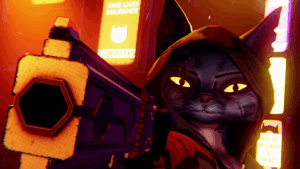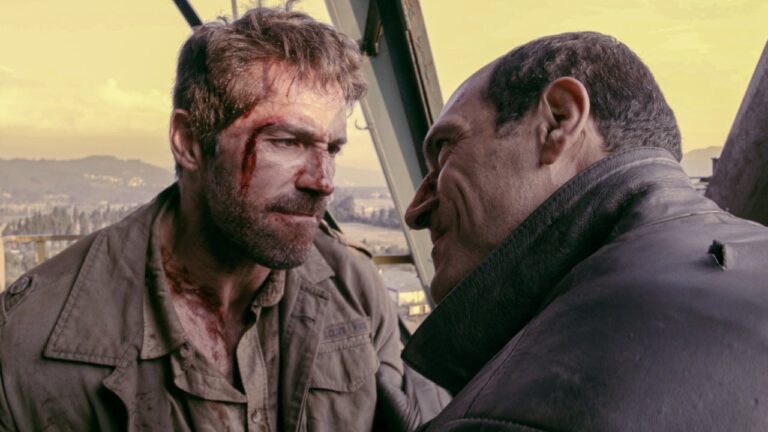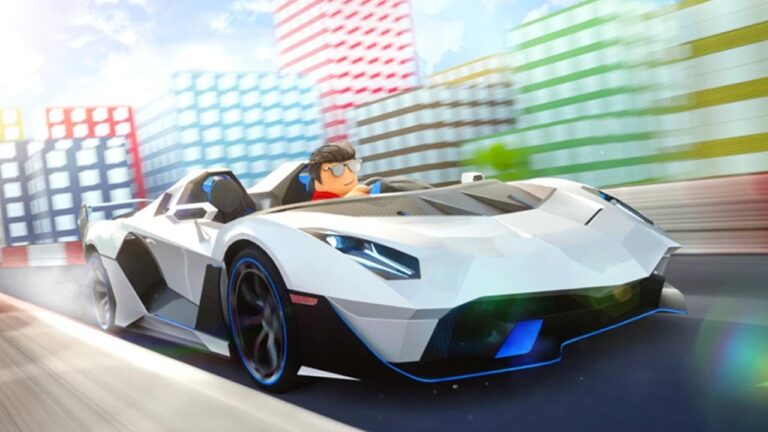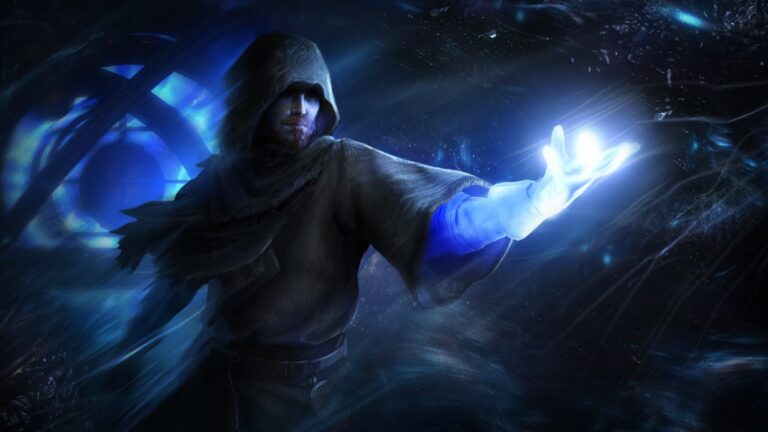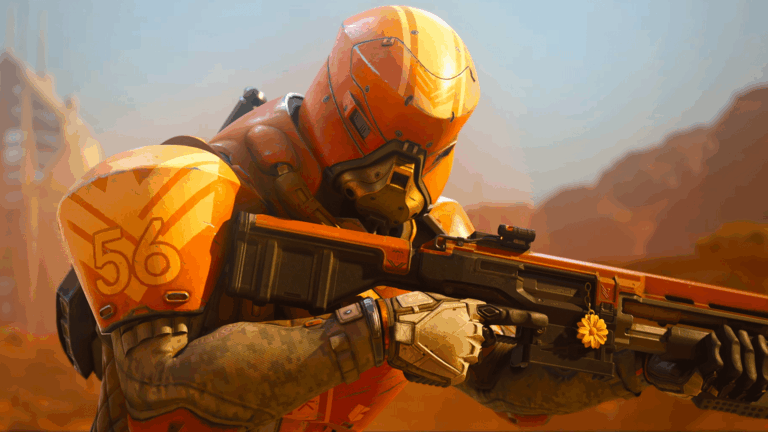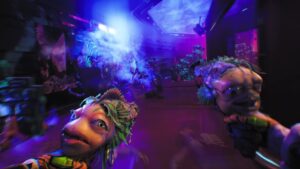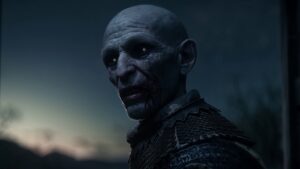Introduction: A New Spin on a Beloved Favorite
The live-action adaptation of How to Train Your Dragon hits theaters on Friday, June 13, 2025. While the trend of transforming animated classics into live-action films has become increasingly common—Disney alone has released two such remakes before mid-2025—this particular version stands out for a notable reason. Remarkably, it is the first remake to be helmed by the same director who crafted the original animated masterpiece. Dean DeBlois, who directed the 2010 film alongside Chris Sanders, brings a unique continuity to this new adaptation.
Staying Faithful to the Original — Almost Too Much
DeBlois’s approach results in a film that closely mirrors its predecessor, often feeling like a shot-for-shot re-creation. It revisits many familiar scenes, dialogue lines, and action sequences, which might give the impression of a mere copy. However, despite this similarity, the film manages to preserve the core narrative—the touching story of young Viking Hiccup, played here by Mason Thames, and his friendship with Toothless, the gentle dragon. This emotional heart of the saga remains intact, proving that the fundamental story is just as compelling whether animated or live-action.
Strengths and Challenges of Live-Action Transition
The first third of the movie tends to be the most challenging. Some of the slapstick humor and exaggerated antics feel awkward and out of place in the live-action setting. Thames’s portrayal of Hiccup offers much-needed grounding; his likable, sympathetic performance helps anchor the story amid the more cartoonish elements. Thames makes a commendable effort to emulate Jay Baruchel’s animated voice, and his performance is quite convincing.
Character Highlights: Talented Performances
- Nico Parker as Astrid: She delivers a lively, charismatic performance as the fierce young warrior Hiccup admires, capturing the tough-as-nails spirit of the character.
- Gerard Butler as Stoick: The standout performance comes from Butler, who reprises his role as Hiccup’s father. Sporting a formidable horned helmet and beard, Butler’s portrayal is both commanding and heartfelt. His chemistry with Thames adds depth to their scenes, especially during moments of disagreement about the coexistence of Vikings and dragons.
Plot and Narrative Choices
The film adheres closely to the original storyline: Vikings clash with dragons, Hiccup learns to fear and then accept the creatures, and ultimately, humans and dragons unite to face a common threat. The script introduces some new elements, such as a more prominent role for the town elder, Gothi, and subplot dynamics involving characters like Snotlout and Spitelout. Despite these additions, the plot remains safe and familiar, offering a nostalgic experience for fans of the original.
Direction and Visuals: A Skillful Handling
DeBlois demonstrates a strong command of directing actors and orchestrating action sequences. His experience shines through in the airborne scenes featuring Hiccup and Toothless, capturing the exhilarating feeling of flight. However, much of the film’s visual and narrative structure echoes decisions made in the original 2010 version, reflecting DeBlois’s reverence for his past work.
The Heart of the Story: Emotion and Music
While replicating iconic scenes in live-action can risk diminishing their magic—just look at the 2019 live-action Lion King—DeBlois’s remake manages to retain the emotional core of the original. The score by John Powell plays a significant role here; the new arrangements, especially the triumphant theme “Test Drive,” evoke genuine excitement and nostalgia. The bond between Hiccup and Toothless remains a powerful narrative anchor, and DeBlois’s love for these characters is evident in every frame.
Final Thoughts: A Love Letter to Fans
Although the film leans heavily on familiar beats and visual cues, it successfully captures the spirit of How to Train Your Dragon. DeBlois’s dedication to his characters and story shines through, making this adaptation a heartfelt tribute rather than just a mere remake. For fans of the original, it offers a nostalgic yet fresh experience—proof that, with the right touch, even the most iconic animated stories can find new life on the big screen.

